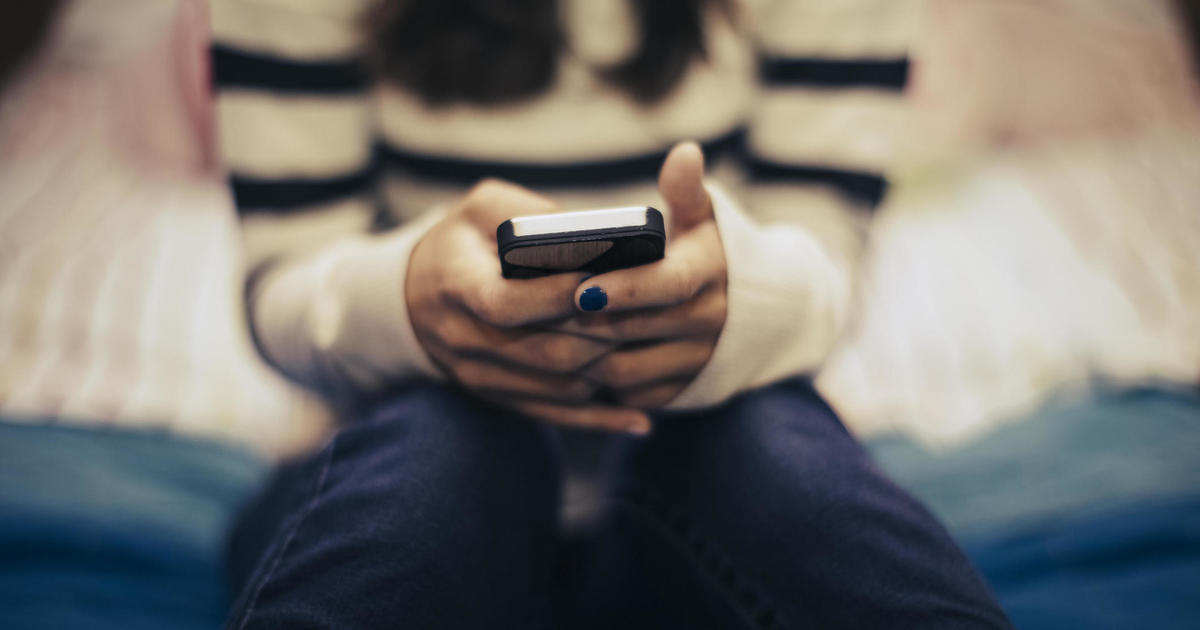

Excessive Screen Time Linked to Increased Anxiety and Depression in Teens, Data Shows New data reveals a strong correlation between high levels of daily screen time and increased rates of anxiety and depression among teenagers. Studies consistently show that adolescents spending four or more hours a day engaging with screens—including smartphones, tablets, computers, and television—experience significantly higher levels of mental health challenges. While correlation doesn't equal causation, the findings raise serious concerns about the impact of excessive digital consumption on adolescent well-being. Researchers have utilized various methodologies, including longitudinal studies tracking teenagers over extended periods and cross-sectional studies comparing screen time habits with mental health assessments. These studies consistently point to a concerning trend: the more time teens spend passively consuming digital content or actively engaging in social media, the greater their risk of developing or exacerbating symptoms of anxiety and depression. Several factors may contribute to this link. Constant exposure to curated, often unrealistic, portrayals of life on social media can fuel social comparison and feelings of inadequacy. The relentless stream of information and notifications can lead to information overload, stress, and sleep disruption, all of which are known risk factors for mental health issues. Furthermore, reduced face-to-face interaction, a crucial aspect of healthy social development, may contribute to feelings of isolation and loneliness, further exacerbating anxiety and depression. The addictive nature of many digital platforms also contributes, leading to displacement of healthy activities like exercise, socializing, and pursuing hobbies. The impact isn't uniform across all teens. Individual vulnerability, pre-existing mental health conditions, and the type of screen time engaged in are all contributing factors. For example, passive consumption of video content might have different effects than active participation in online communities. However, the overall trend remains consistent: prolonged screen exposure beyond four hours daily significantly increases the risk. These findings highlight the need for greater awareness among parents, educators, and teenagers themselves about the potential negative consequences of excessive screen time. Promoting healthy digital habits, including setting time limits, encouraging offline activities, and fostering open communication about online experiences, are crucial steps in mitigating these risks. Further research is needed to fully understand the complex interplay between screen time, social media usage, and adolescent mental health, paving the way for effective interventions and preventative strategies. This includes exploring the potential benefits of digital mindfulness practices and encouraging a balanced approach to technology usage that prioritizes well-being.

Teens getting four or more hours of each day are more likely to experience and , according to a new report from the National Center for Health Statistics.
Wednesday, data showed about half of teenagers aged 12 to 17 had 4 hour or more of daily screen time between July 2021 and December 2023. 22.8% had 3 hours of daily screen time, 17.8% had 2 hours, 6.1% had 1 hour, and only 3% had less than 1 hour.
For the brief, teenagers reported their own screen time use during a typical weekday, excluding time spent doing schoolwork, the authors noted.
During the same time frame, about 1 in 4 teens who reported 4 or more hours of daily screen time experienced anxiety (27.1%) or depression symptoms (25.9%) in the previous two weeks. Anxiety and depression symptoms reduced significantly for teens who had less than 4 hours of daily screen time, 12.3% and 9.5%, respectively.
"Studies like these show the true extent of how much time our children are spending on screens and the worrying consequences to their mental health and well-being," , psychiatrist at Massachusetts General Hospital and Harvard Medical School and Chief Medical Officer at Modern Health, told TheNews.
Chaudhary, who was not involved in preparing the report, said she's seen firsthand the effects of technology on stress levels, anxiety and depression in children and parents she's worked with.
And while there's a growing body of research that shows correlation between social media and anxiety and depression, the reasons behind it are a bit more complex, she said.
"With online bullying, constant social comparison like missing out on things others have or are doing, regularly looking for validation, and — it's no wonder that more time spent on social media can be tied to anxiety and depression," she said. "At the same time, people who are struggling with their mental health might be more likely to try to turn to social media in order to cope with their symptoms, hoping to find connection, validation or sometimes even a distraction."
Even organizations like the recommend that teens be mindful of daily screen usage, but note "screen time" can include a range of content, including some that support social connection or creativity.
That's why Chaudhary calls technologist the "double-edged sword" of our generation.
"While some might be able to find support and connection that helps them feel better as they are able to find communities that they otherwise may not have had access to— many end up feeling worse or just as bad," she said. "The challenge for parents and children is so we can reap the benefits without sacrificing our mental health."
While screen times were mostly equal between boys and girls in the latest report, black teenagers and those living in metropolitan areas were more likely to have 4-plus hours of daily screen time than other groups.
"As technology and screens continue to develop, their influence on the lives of children changes, making it increasingly important to expand our understanding of the patterns of screen time use overall and among selected subgroups," the authors wrote.





